Home>Furniture & Design>Outdoor Furniture>How To Install Outdoor Camera Without Drilling
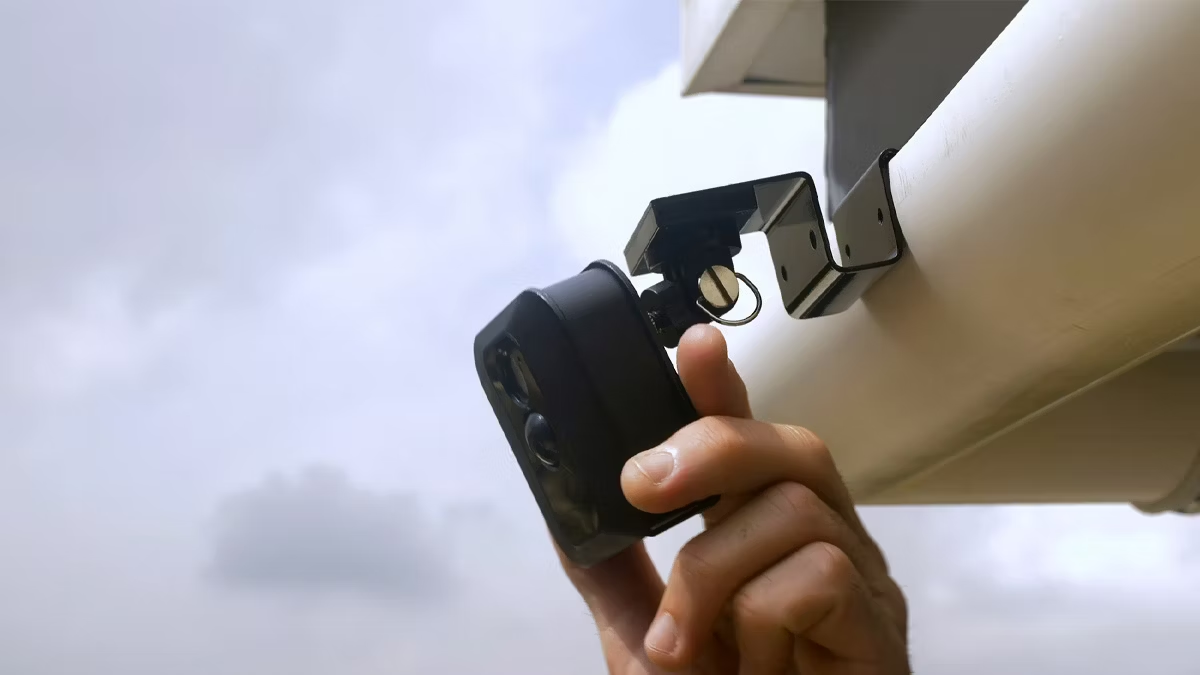

Outdoor Furniture
How To Install Outdoor Camera Without Drilling
Modified: October 20, 2024
Learn how to install outdoor cameras without drilling and protect your outdoor furniture with our easy guide. Get the best outdoor furniture and design tips.
(Many of the links in this article redirect to a specific reviewed product. Your purchase of these products through affiliate links helps to generate commission for Storables.com, at no extra cost. Learn more)
Introduction
Welcome to the world of outdoor cameras, where security meets convenience in a seamless blend of technology and design. Whether you’re a homeowner seeking to safeguard your property or a design enthusiast aiming to elevate your outdoor space, the installation of an outdoor camera without drilling offers a practical and aesthetically pleasing solution.
In this comprehensive guide, we will explore the art of installing outdoor cameras without the need for drilling, providing you with the knowledge and inspiration to seamlessly integrate these devices into your outdoor environment. From choosing the right camera to selecting the ideal location and utilizing innovative mounting methods, we will delve into the diverse options available for a hassle-free installation process.
By the end of this journey, you will be equipped with the expertise to enhance the security and visual appeal of your outdoor space through the strategic placement of cameras, all without the need for drilling. So, let’s embark on this enlightening exploration of outdoor camera installation, where functionality and design converge to redefine your outdoor experience.
Key Takeaways:
- Elevate your outdoor space with non-invasive outdoor camera installation methods like mounting strips and suction cups, preserving the aesthetic harmony of your surroundings while enhancing security.
- Seamlessly integrate outdoor cameras into your outdoor environment with portable and adaptable solutions like tripods and stands, offering flexible surveillance without the need for drilling.
Choosing the Right Outdoor Camera
Before delving into the installation process, it’s crucial to select an outdoor camera that aligns with your specific needs and preferences. With a myriad of options available, it’s essential to consider factors such as resolution, field of view, connectivity, and weather resistance.
Resolution: Opt for a camera with high-definition resolution to ensure clear and detailed footage, enabling you to capture important details with precision.
Field of View: Assess the camera’s field of view to determine the range it can cover. A wider field of view is ideal for monitoring expansive outdoor areas, while a narrower focus might be suitable for targeted surveillance.
Connectivity: Consider the connectivity options offered by the camera, such as Wi-Fi or Ethernet, to ensure seamless integration with your existing network and devices.
Weather Resistance: Given the outdoor setting, prioritize cameras designed to withstand various weather conditions, including rain, snow, and extreme temperatures. Look for devices with an IP65 or higher weatherproof rating for optimal durability.
Furthermore, explore additional features such as night vision, motion detection, two-way audio, and cloud storage capabilities to enhance the camera’s functionality and performance.
By carefully evaluating these aspects, you can identify an outdoor camera that not only meets your security requirements but also complements the aesthetic of your outdoor space. With the right camera in hand, you are poised to embark on the next step of the installation process, ensuring a seamless and effective surveillance solution for your outdoor environment.
Selecting the Ideal Location
Choosing the perfect location for your outdoor camera is a pivotal step in the installation process, as it directly impacts the device’s effectiveness and the overall visual harmony of your outdoor space. To identify the ideal placement, consider the following factors:
- Visibility: Select a vantage point that offers a clear view of the area you intend to monitor. Ensure that the camera’s line of sight is unobstructed, allowing it to capture comprehensive footage without hindrance.
- Accessibility: Position the camera in a location that facilitates easy access for maintenance, adjustments, and battery or power source management. This ensures that the device remains functional and well-maintained over time.
- Power Source: If the camera requires a power source, such as a nearby electrical outlet or solar panel, factor this into your location selection to ensure seamless connectivity and uninterrupted operation.
- Concealment: While visibility is essential, consider options for discreet placement to avoid drawing unnecessary attention to the camera. Strategic concealment within foliage or architectural elements can maintain security without disrupting the visual appeal of your outdoor space.
- Weather Protection: Shield the camera from direct exposure to harsh weather elements, such as heavy rain or intense sunlight, to prolong its lifespan and maintain optimal functionality.
By carefully evaluating these considerations, you can pinpoint the perfect location for your outdoor camera, maximizing its surveillance capabilities while seamlessly integrating it into your outdoor environment. This strategic approach ensures that your security solution not only delivers reliable performance but also enhances the overall aesthetic and functionality of your outdoor space.
Using Mounting Strips
Mounting strips offer a versatile and non-invasive method for installing outdoor cameras without the need for drilling. These adhesive strips, renowned for their strong and durable hold, provide a convenient solution for securely affixing cameras to various surfaces, including siding, stucco, and brick.
To effectively utilize mounting strips for your outdoor camera installation, follow these steps:
- Surface Preparation: Thoroughly clean the mounting surface to ensure it is free from dust, debris, and moisture. This promotes optimal adhesion and enhances the longevity of the mounting strips.
- Strip Application: Apply the mounting strips to the designated areas on both the camera and the mounting surface, following the manufacturer’s guidelines for proper placement and alignment. Ensure that the strips are firmly pressed onto the surfaces to activate their adhesive properties.
- Camera Placement: Carefully position the camera onto the mounted strips, aligning it according to your predetermined location for optimal visibility and coverage. Apply gentle pressure to secure the camera in place.
- Adhesion Activation: Allow the mounting strips to set and adhere for the specified duration as per the manufacturer’s instructions. This crucial curing period ensures a strong and reliable bond between the camera and the mounting surface.
- Final Adjustment: Once the mounting strips have fully adhered, make any necessary adjustments to the camera’s position or angle to achieve the desired surveillance coverage. Ensure that the device is securely affixed and level within its mounted position.
By employing mounting strips, you can effectively install outdoor cameras with minimal effort and zero damage to your outdoor surfaces. This non-invasive approach not only simplifies the installation process but also preserves the integrity of your outdoor environment, allowing you to seamlessly integrate security solutions without compromising the visual appeal of your space.
Consider using outdoor camera mounts that are designed to be installed without drilling, such as magnetic mounts or adhesive mounts. These options can provide a secure and convenient way to install your camera without damaging your property.
Using Suction Cups
When seeking a temporary or repositionable installation method for outdoor cameras, suction cups emerge as a versatile and non-permanent solution. These devices, known for their strong grip and easy removal, offer a practical approach to affixing cameras to smooth and non-porous surfaces such as glass, metal, or certain plastics.
To effectively utilize suction cups for your outdoor camera installation, consider the following steps:
- Cleaning the Surface: Ensure that the chosen mounting surface is clean and free of any dirt, moisture, or residue that may hinder the suction cup’s adhesion. Thoroughly dry the surface to promote optimal suction.
- Suction Cup Preparation: Examine the suction cups for any signs of damage or wear, ensuring that they are in excellent condition for secure attachment. If necessary, moisten the cup’s edges to enhance the suction effect.
- Application: Press the suction cups firmly onto the designated areas of the camera, aligning them with the device’s mounting points. Apply gentle pressure to activate the suction and confirm a secure hold.
- Surface Attachment: Affix the suction cups to the chosen mounting surface, pressing them firmly to initiate a strong and reliable grip. Verify that the cups are securely adhered to the surface before proceeding.
- Camera Positioning: Carefully position the camera onto the mounted suction cups, ensuring that it is level and securely attached. Test the stability of the device to confirm its suitability for surveillance purposes.
By harnessing the versatility of suction cups, you can effortlessly install outdoor cameras on smooth surfaces without the need for permanent fixtures or intrusive drilling. This adaptable approach not only facilitates easy repositioning and removal but also enables you to maintain the pristine condition of your outdoor space, offering a flexible and non-invasive solution for your surveillance needs.
Read more: How To Install Blinds Without Drilling
Using Tripods or Stands
For a portable and flexible approach to outdoor camera installation, tripods and stands offer a convenient solution that allows for easy repositioning and versatile surveillance coverage. These adjustable supports provide stability and adaptability, making them ideal for outdoor environments where drilling is not an option or a permanent fixture is not desired.
When employing tripods or stands for outdoor camera installation, consider the following steps:
- Selection of Support: Choose a tripod or stand that is compatible with your camera’s mounting requirements and offers the desired height and stability for effective surveillance. Ensure that the support is designed for outdoor use and can withstand varying weather conditions.
- Assembly: Follow the manufacturer’s instructions to assemble the tripod or stand, ensuring that all components are securely connected and stable. Verify that the support is level and capable of accommodating the camera’s weight and dimensions.
- Mounting the Camera: Utilize the designated mounting mechanism on the tripod or stand to affix the camera securely. Ensure that the camera is positioned at the desired height and angle to capture the intended surveillance area effectively.
- Positioning: Place the tripod or stand in the chosen location, adjusting its position to achieve optimal coverage and visibility. Test the stability of the support to confirm its suitability for outdoor use.
- Monitoring and Adjustment: Regularly monitor the positioning and stability of the tripod or stand to address any potential shifts or instability caused by environmental factors. Make necessary adjustments to maintain the camera’s effectiveness.
By utilizing tripods or stands, you can seamlessly integrate outdoor cameras into your outdoor environment, offering a portable and adaptable surveillance solution without the need for drilling or permanent fixtures. This approach not only facilitates easy repositioning and versatility but also ensures that your outdoor space remains unaltered, allowing for flexible and non-invasive camera installation.
Conclusion
As we conclude this insightful exploration of installing outdoor cameras without drilling, it becomes evident that the fusion of technology and design offers a myriad of possibilities for enhancing security and visual appeal in outdoor spaces. By carefully selecting the right camera, identifying the ideal location, and leveraging innovative mounting methods, you can seamlessly integrate surveillance solutions into your outdoor environment with ease and efficiency.
From the versatile application of mounting strips and suction cups to the portable adaptability of tripods and stands, the non-invasive installation methods presented in this guide empower you to safeguard your outdoor space without compromising its integrity. These approaches not only eliminate the need for drilling but also preserve the aesthetic harmony of your surroundings, ensuring that security and design coexist harmoniously.
By embracing these installation techniques, you can transform your outdoor area into a secure and visually captivating space, where the seamless integration of cameras enhances both functionality and aesthetic appeal. Whether you seek to protect your property, monitor outdoor activities, or elevate the design of your exterior space, the non-invasive installation of outdoor cameras offers a versatile and effective solution.
As you embark on your journey to install outdoor cameras without drilling, remember that the careful selection of equipment, strategic placement, and innovative mounting methods are key to achieving a seamless and effective surveillance solution. Embrace the possibilities offered by these non-invasive installation techniques, and witness the transformation of your outdoor environment into a realm where security, design, and convenience converge in perfect harmony.
With this newfound knowledge and inspiration, you are well-equipped to embark on the installation of outdoor cameras without drilling, redefining your outdoor experience with a blend of security, innovation, and design.
Frequently Asked Questions about How To Install Outdoor Camera Without Drilling
Was this page helpful?
At Storables.com, we guarantee accurate and reliable information. Our content, validated by Expert Board Contributors, is crafted following stringent Editorial Policies. We're committed to providing you with well-researched, expert-backed insights for all your informational needs.
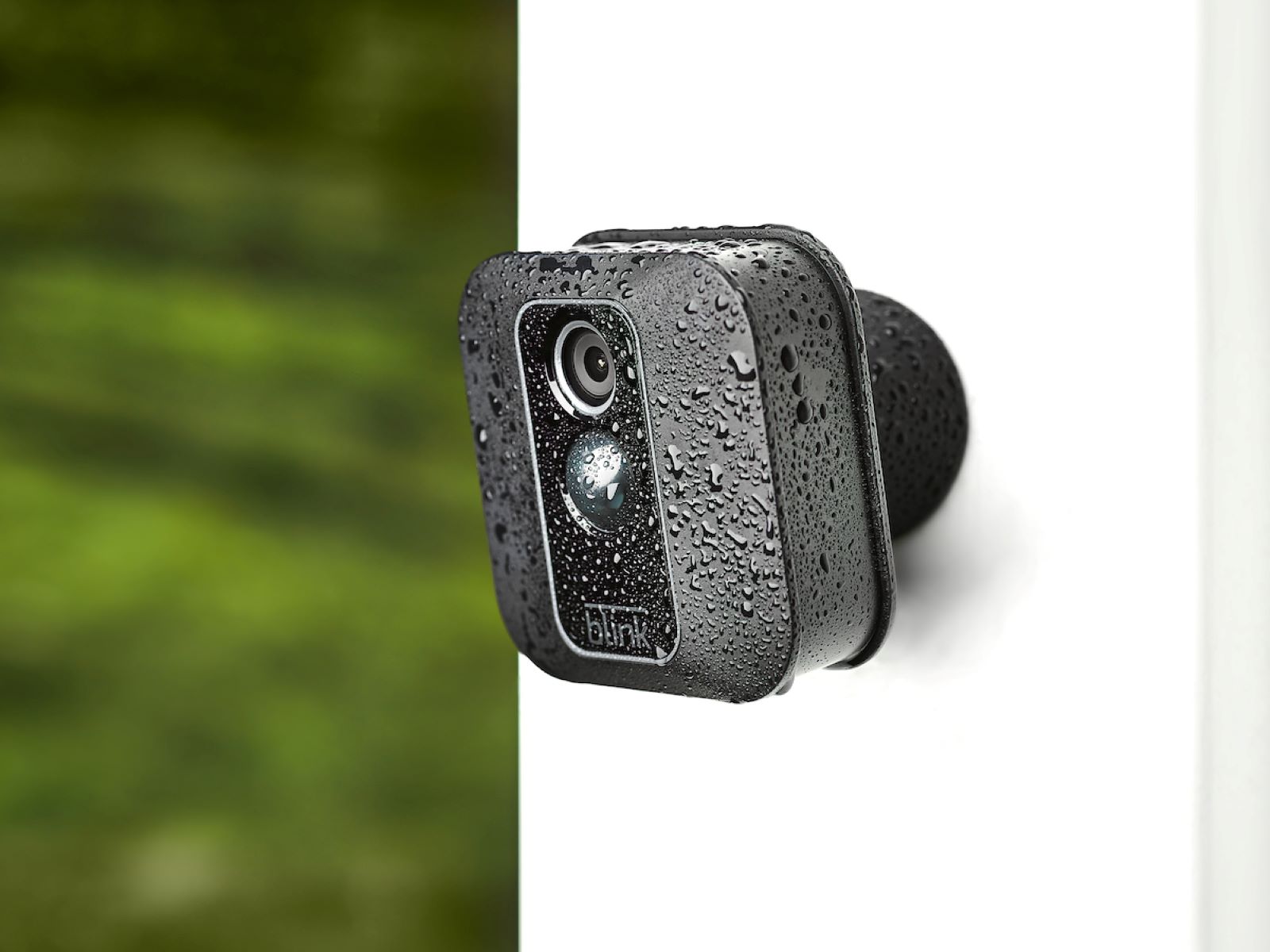
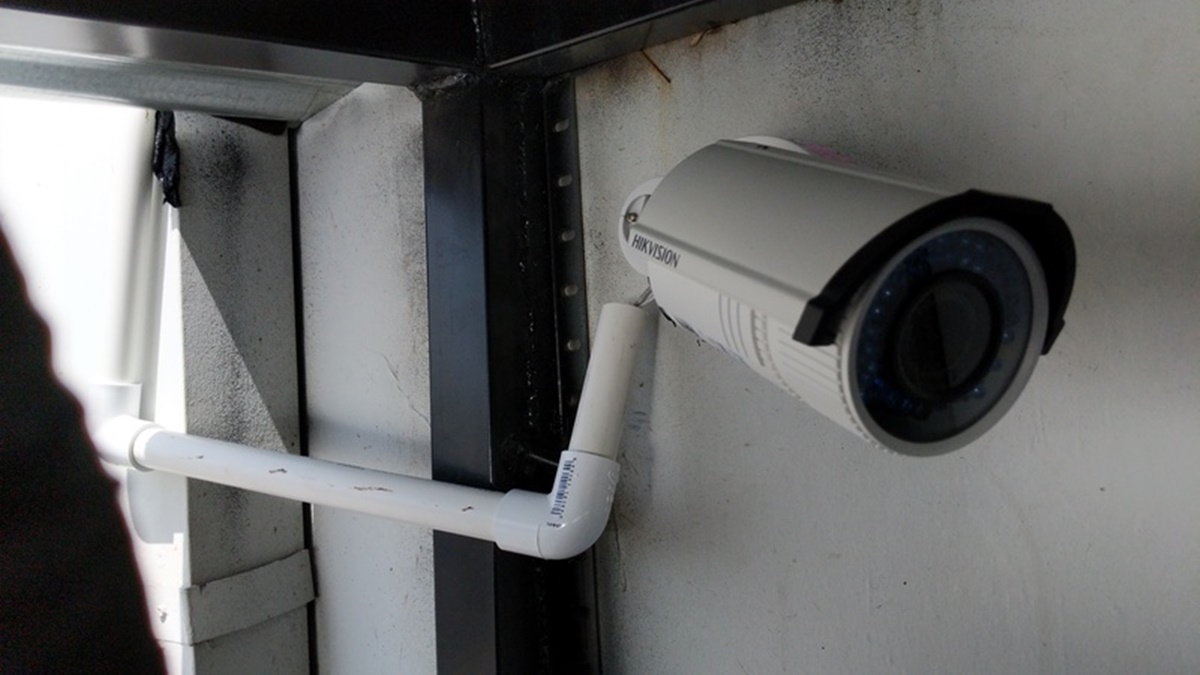
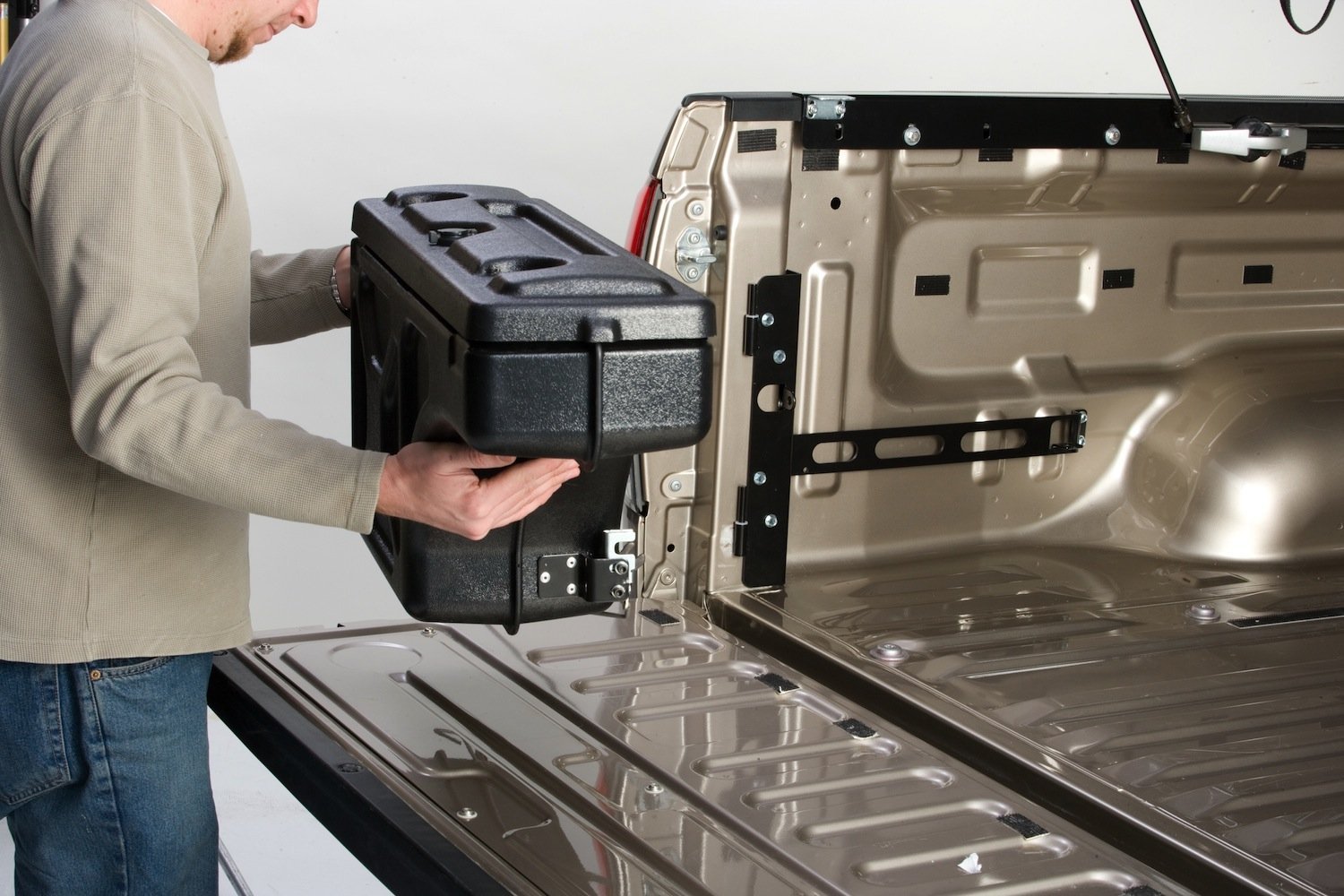
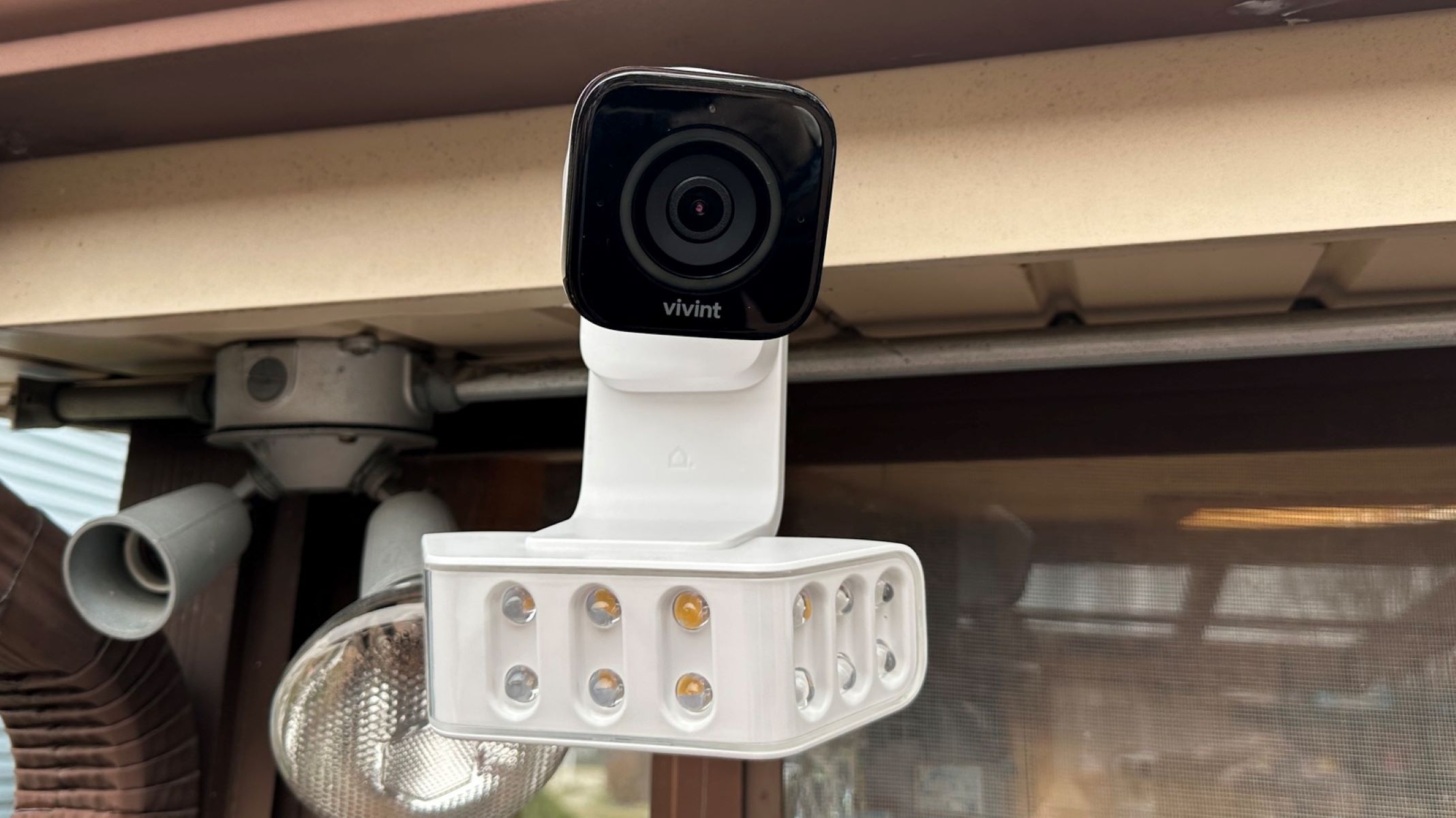
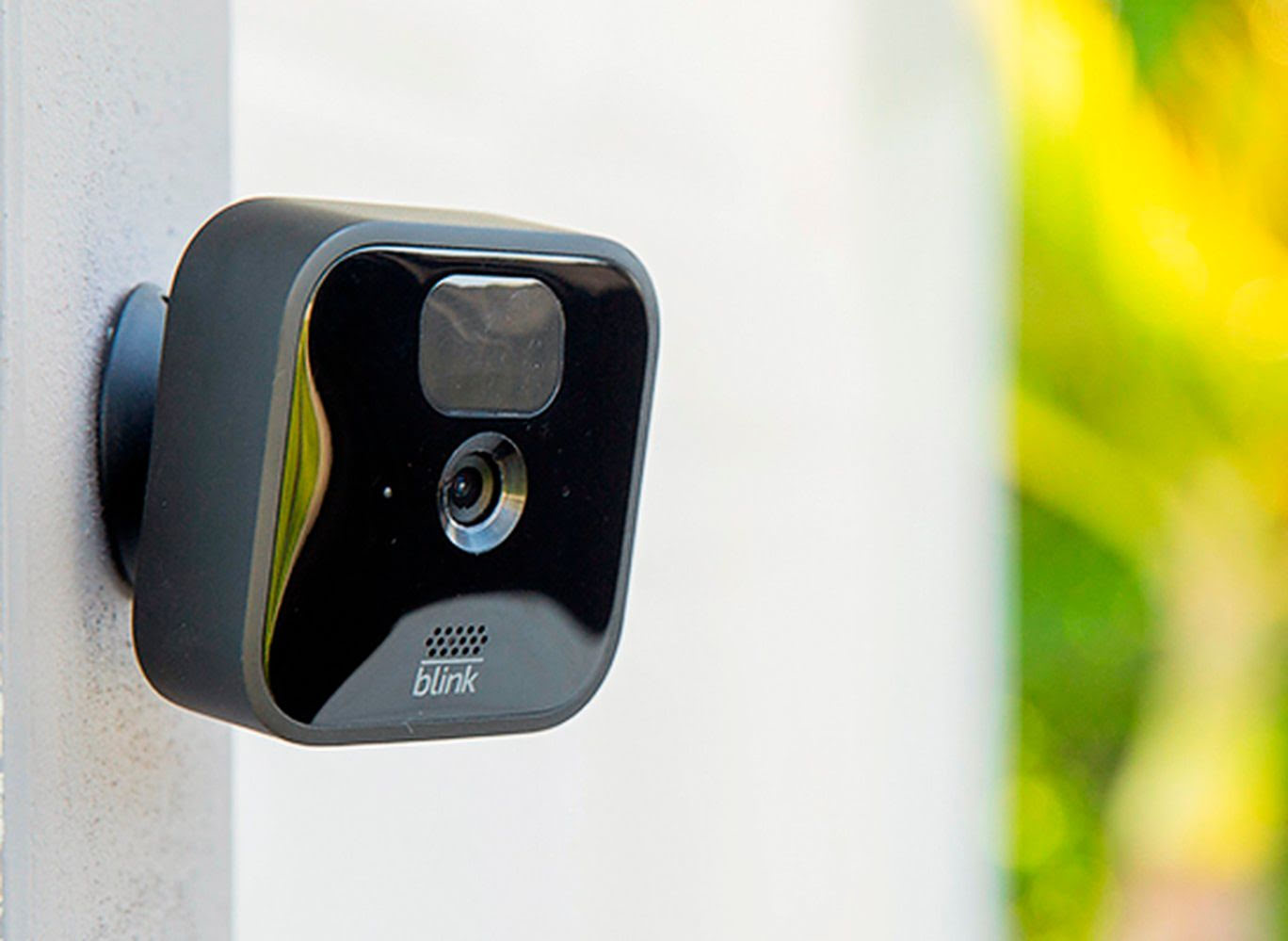


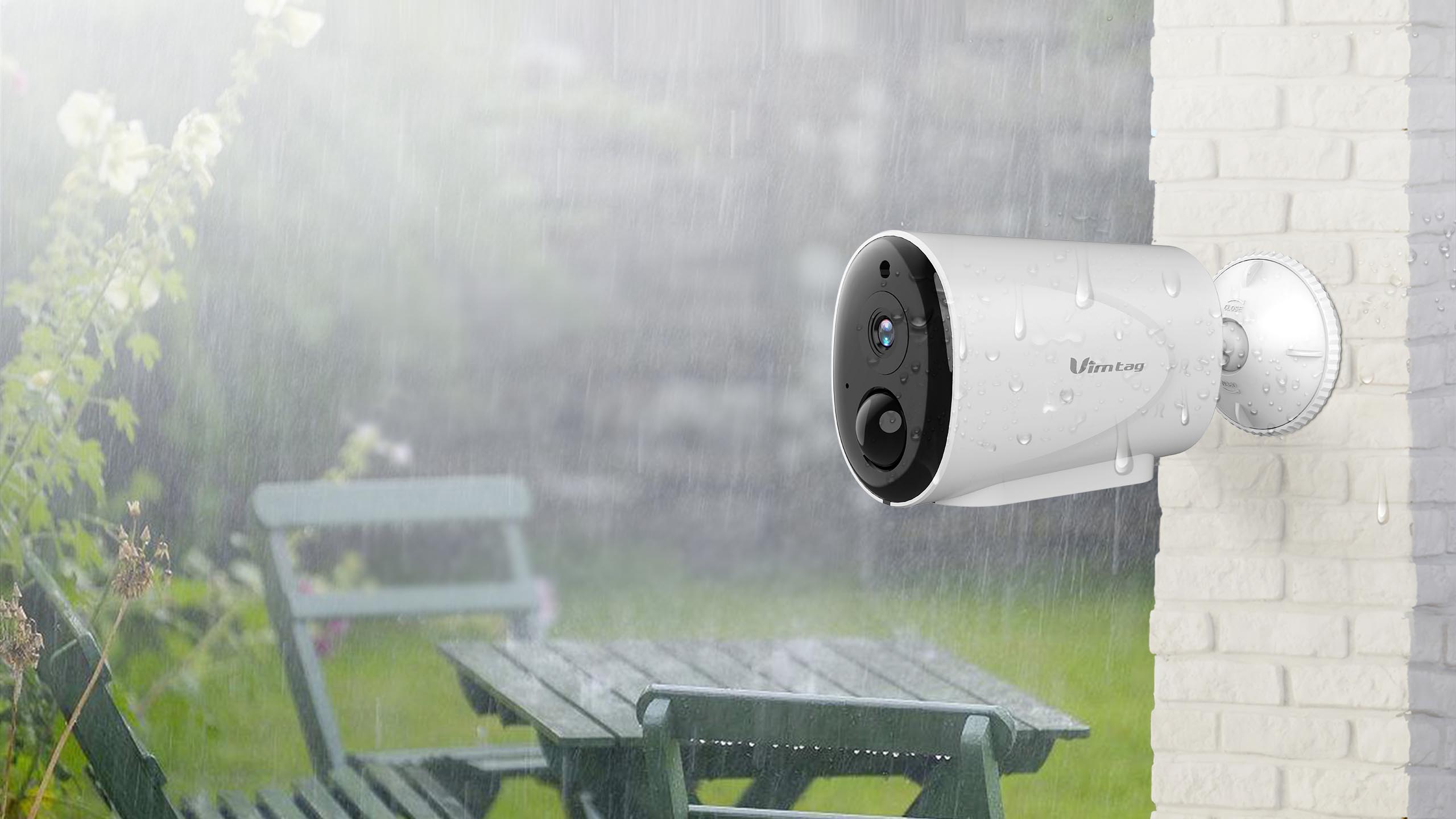
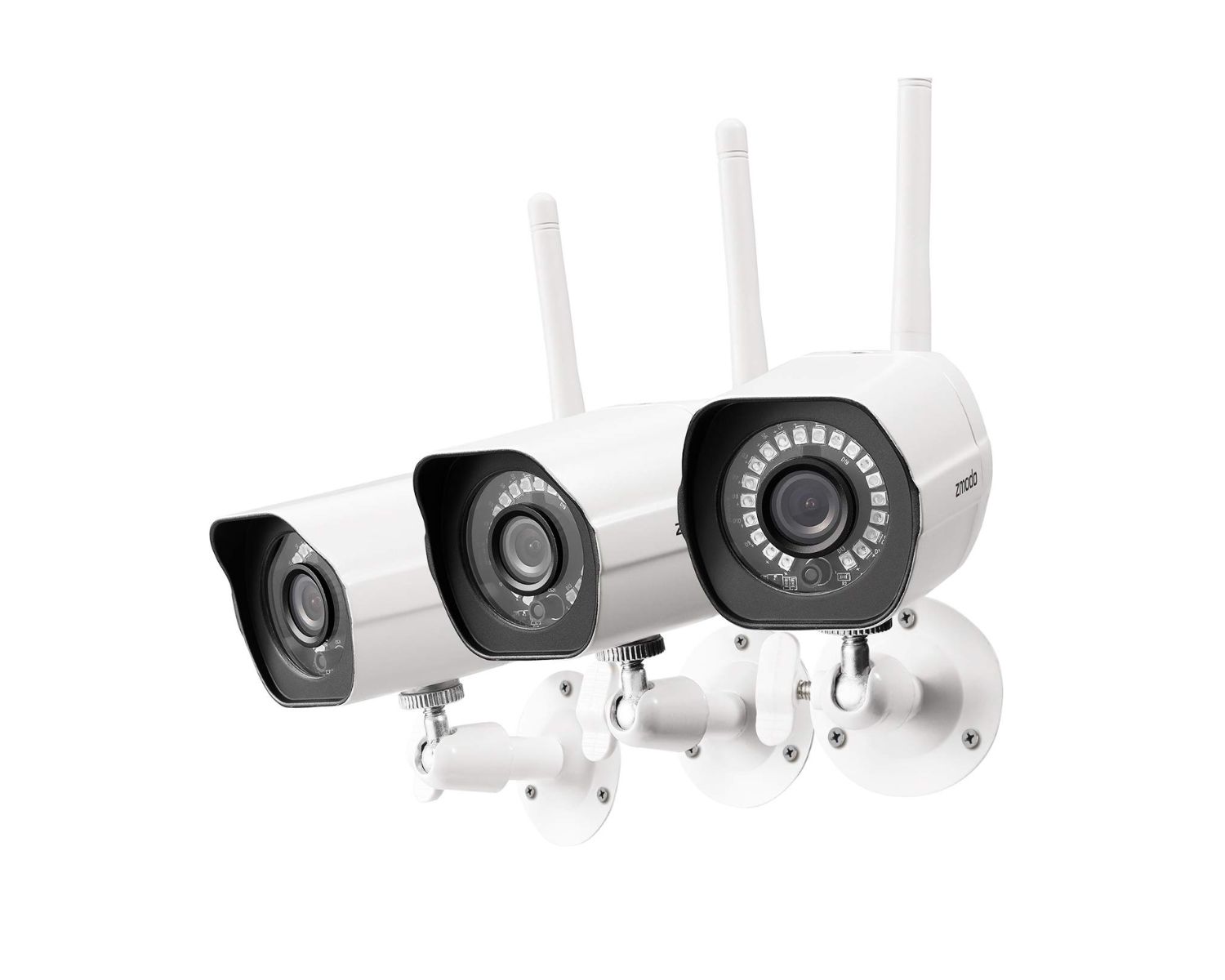

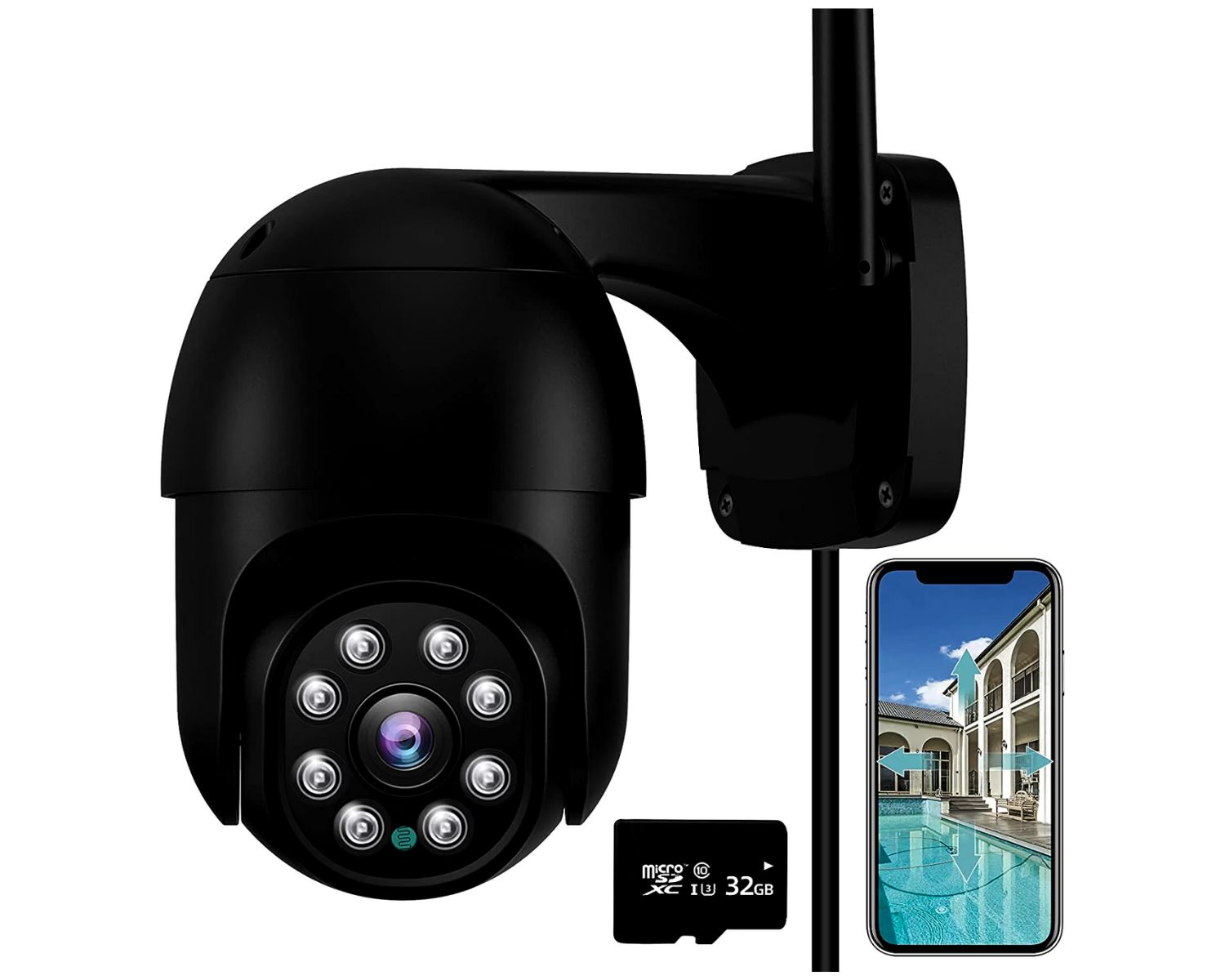
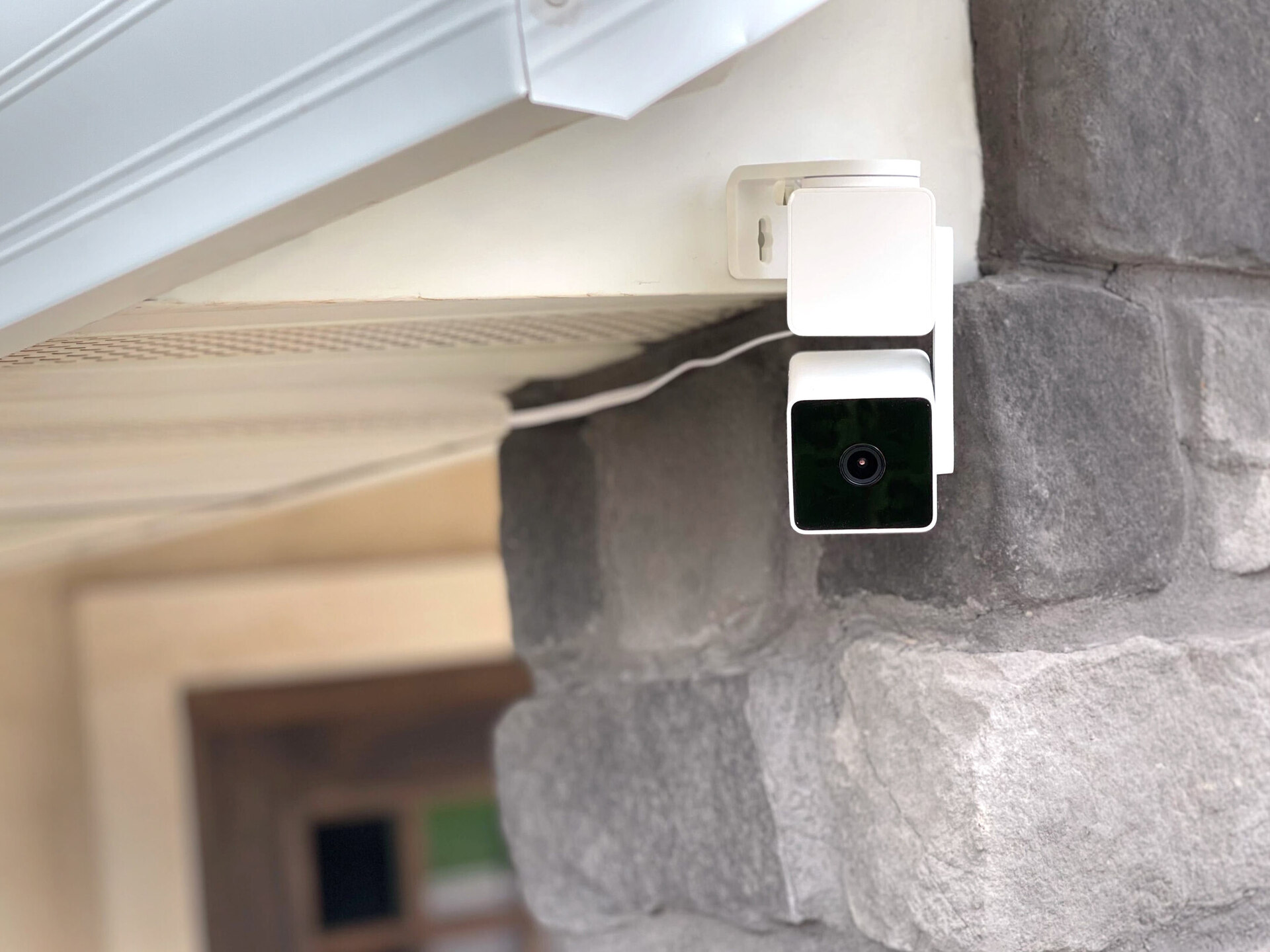
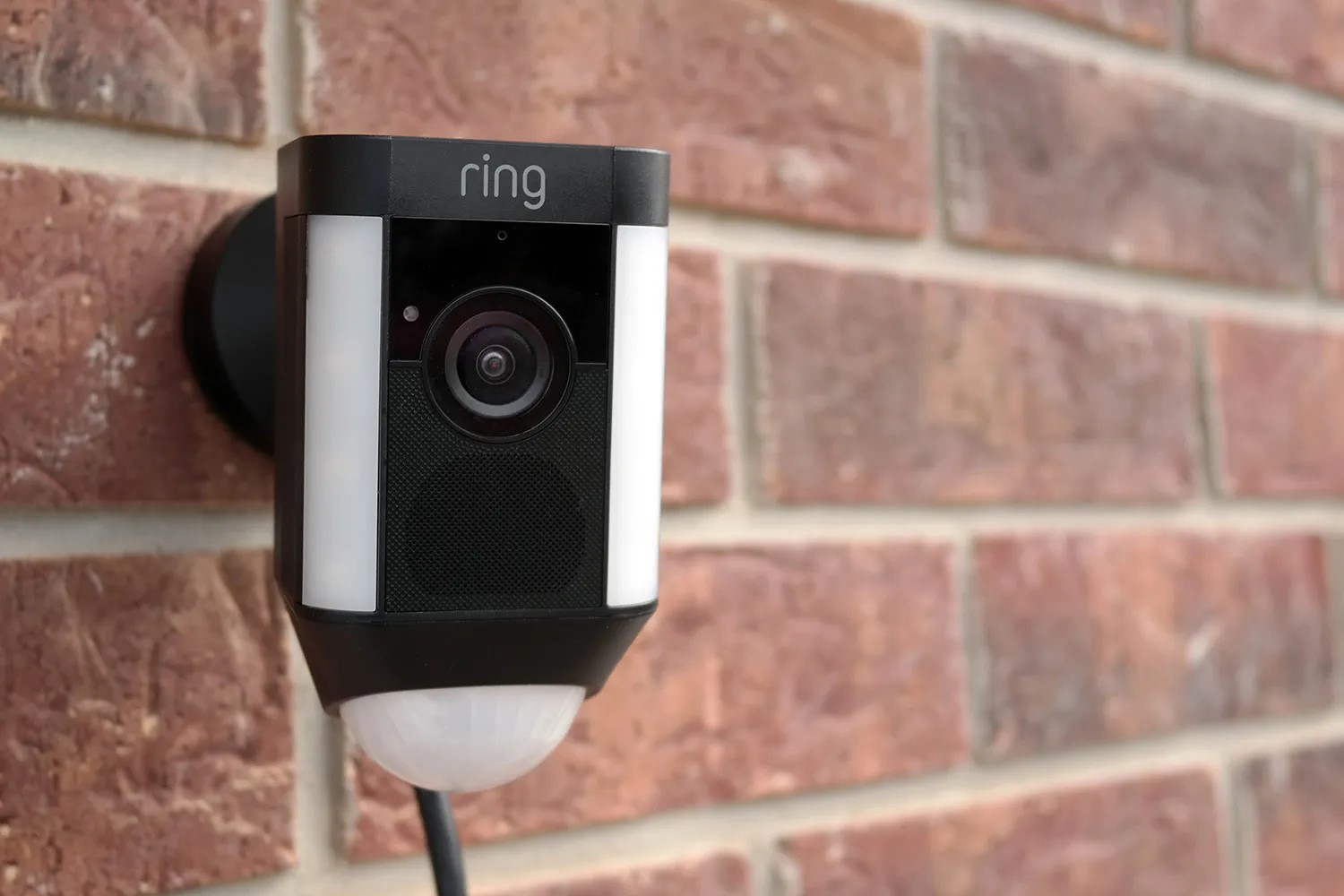
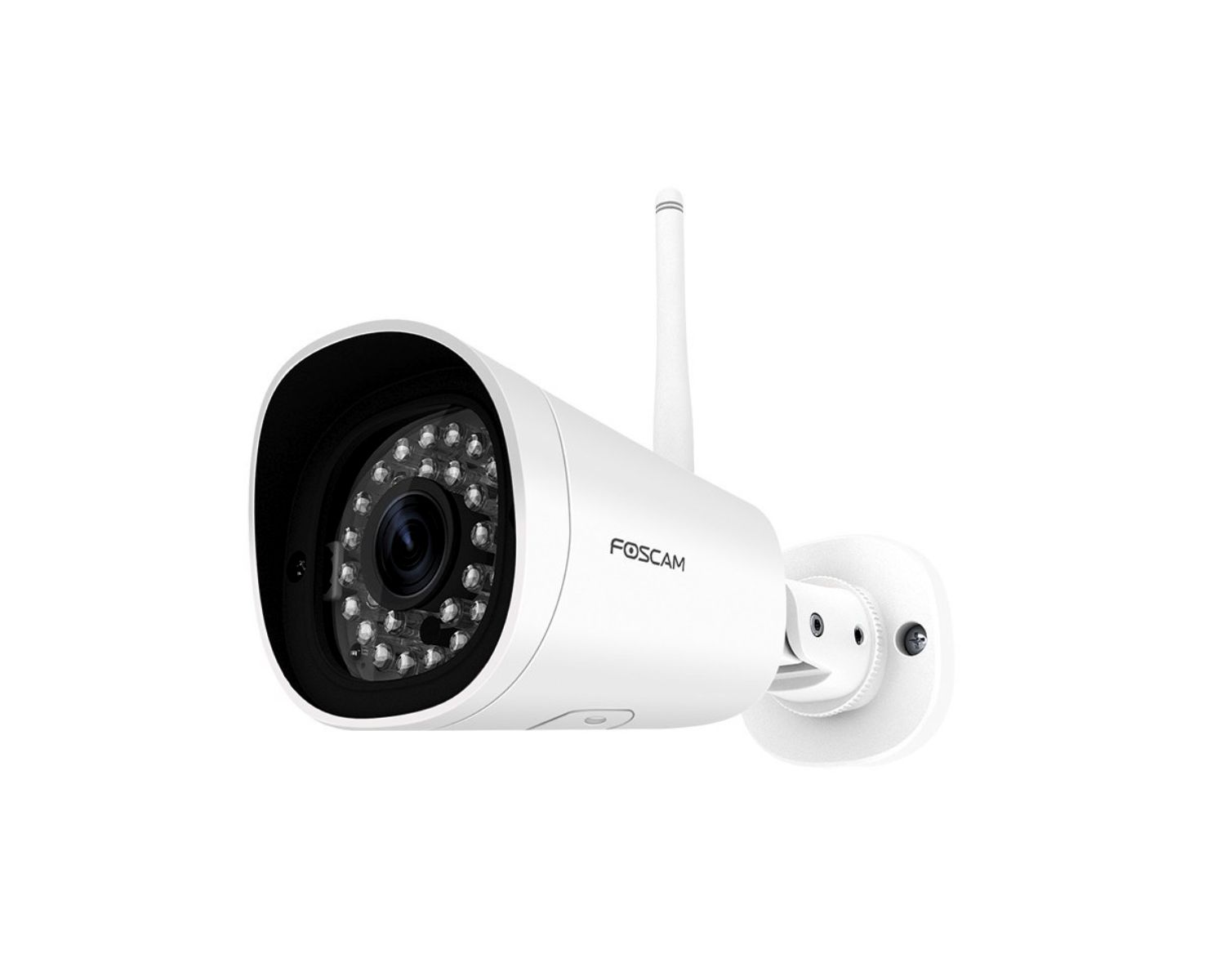

0 thoughts on “How To Install Outdoor Camera Without Drilling”